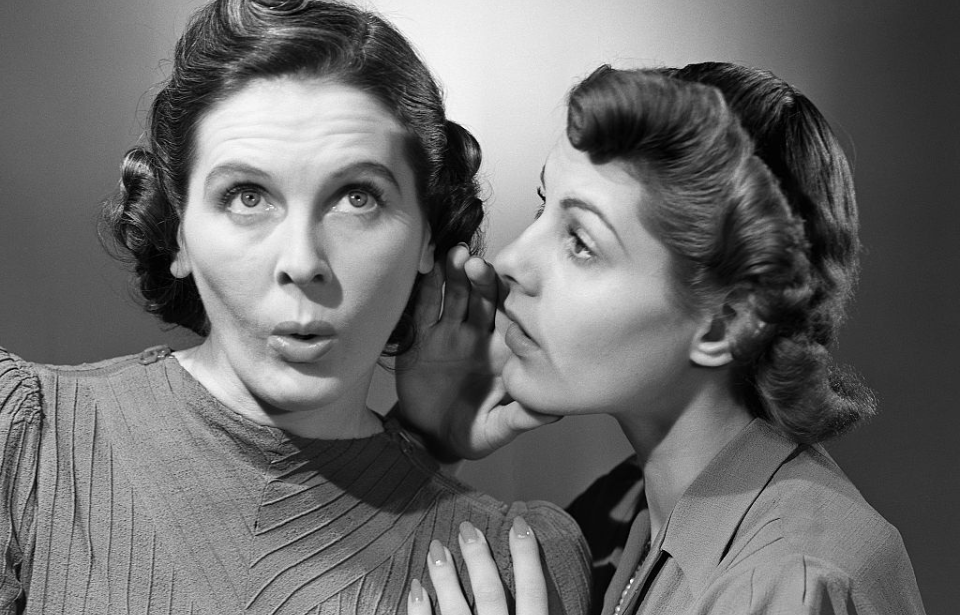The 1950s and ’60s were a completely different time, and nothing shows that more than the beliefs society held during this time period. From skepticism over products that are staples today to outdated opinions regarding how certain individuals should act, the following are some of the most obsolete beliefs of the mid-20th century.
A woman’s voice was linked to her attractiveness
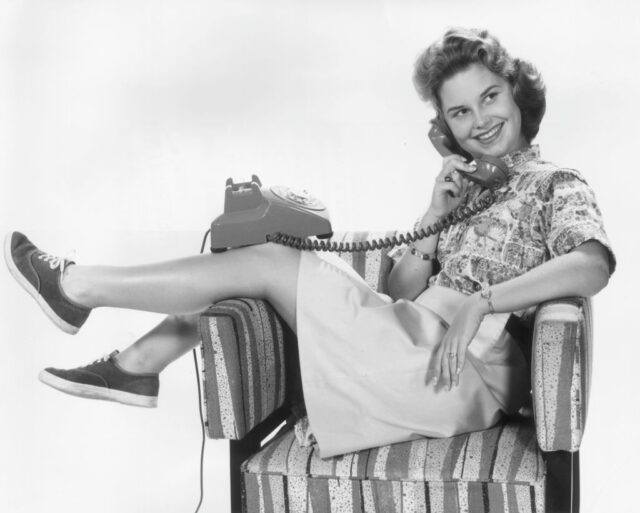
In the 1950s and ’60s, it was believed that, to be attractive, a woman should speak with a soft and gentle tone. Young girls were encouraged to practice speaking this way by placing a matchstick between their teeth. Typically done during a phone call, they were told they needed more practice if the person on the other end could detect the matchstick in their mouth.
Seventeen magazine also offered this tip to its readers on how best to find their optimal pitch:
“To find the best pitch for your voice, sing do-re-mi-fa-so up the scale, starting on the lowest note you can comfortably sing. The fifth note above this is the place where your voice should sound best – pleasant and rich in tone. At this level, you can raise your voice without sounding harsh or shrill.”
Skepticism surrounding ATMs
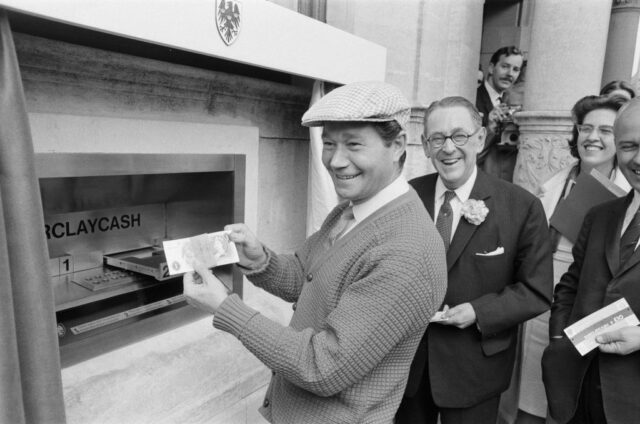
While ATMs may be a regular part of life nowadays, they didn’t used to be, and they caused quite a stir when they were first introduced. The majority of the public had doubts about the machines for several reasons: they required tokens to be used, frequently jammed and often ran out of bills.
When it became clear that visiting an ATM was much more convenient than speaking with a bank teller, the public warmed up to the concept.
Seat belts? They cause injuries!
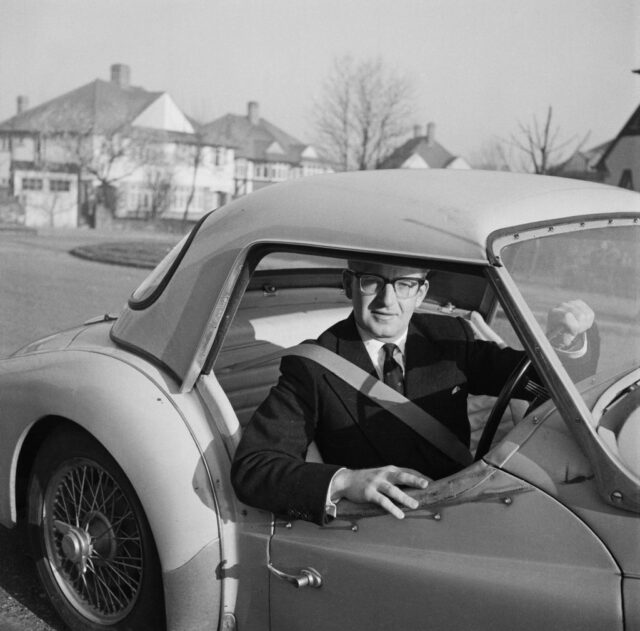
While it’s common knowledge today that seat belts are essential safety features in vehicles, that wasn’t always the case. When they were first introduced in the 1940s and ’50s, many drivers (and passengers) argued that they didn’t work and caused injury. This led many to either refuse to wear them or cut them out of the cars!
Women shouldn’t cut their hair while pregnant
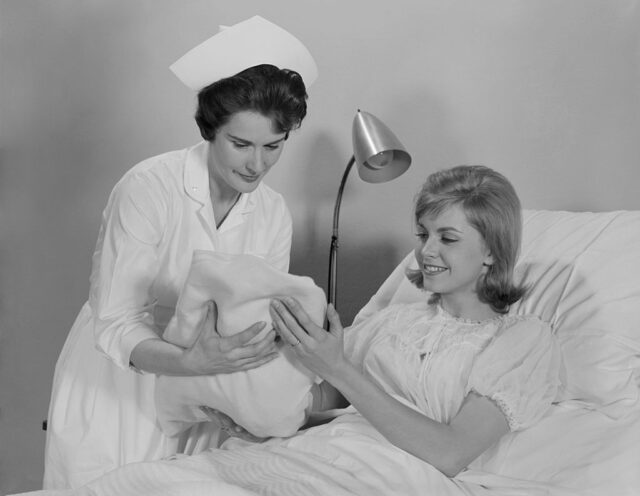
A myth that persists today is that women shouldn’t cut their hair while pregnant, as it could harm the baby. Depending on who you ask, this could cause blindness and even baldness! This was just as wrong back in the 1950s and ’60s as it is today. It’s been debunked by experts, who say cutting one’s hair while pregnant is completely fine.
The only concern to be aware of is hairdressers’ treatments and styling products, as they could harm the baby.
Humans will move all travel underground

Back in the 1950s and ’60s, it was believed future societies would move all travel underground – and some even thought we’d be living in underground cities! While this isn’t completely inaccurate – subways do exist – it’s safe to say that we haven’t completely moved underground.
Physical activities on dates would keep things non-physical
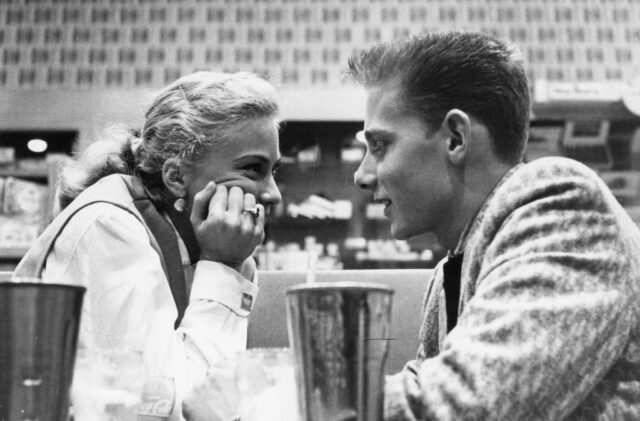
Back in the day, there was an emphasis on modesty, with the older generation not wanting teenagers to do anything that would be viewed as immoral, including getting intimate with their partners.
One way to ensure this didn’t happen was to plan dates filled with as many physical activities as possible. They thought such activities would prevent them from engaging in intimate relations.
Sugar wasn’t harmful to one’s health
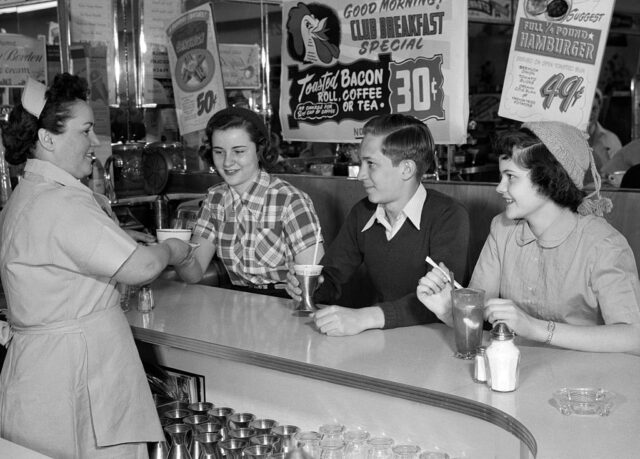
While today we know too much sugar can be detrimental to one’s health, that wasn’t always the case. Thanks to ads run by big corporations and illegitimate studies, it was believed the substance had several health benefits. For example, it was thought that eating sugar would give someone enough energy to go about their day.
As one ad from the time states, “The sugar in a soft drink, a couple of cookies, or a candy bar turns into energy in minutes,” which, in turn, works to cut a person’s appetite and increase their energy.
Single people were ‘immoral’ and ‘sick’
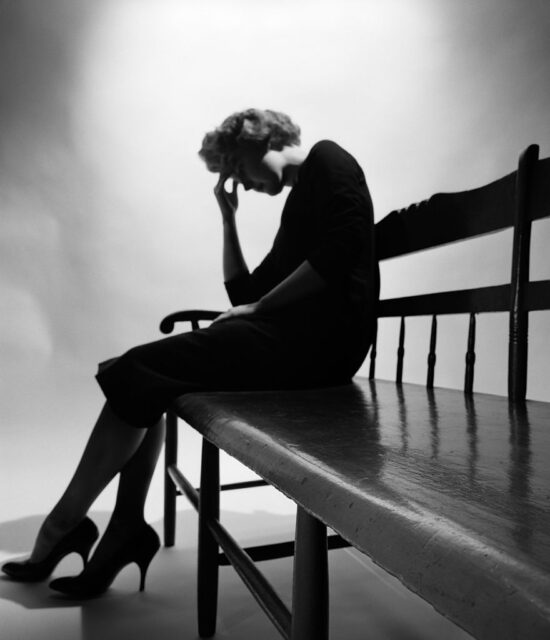
During the mid-20th century, unmarried older individuals were viewed as the odd ones out. Women, in particular, who’d refused to marry were seen as spinsters and old maids, and they were often the topic of gossip by those around them.
To pick up a man – particularly one who was well off – it was suggested single women attend their local Alcoholics Anonymous (AA) meetings.
Unmarried women weren’t responsible enough to have credit cards

In the 1960s, it wasn’t uncommon for banks to deny single women credit cards, as they were deemed untrustworthy. Even if a woman was married, she required her husband’s signature before a financial institution would give her one.
In the United States, it took the Equal Credit Opportunity Act of 1974 for women to obtain a credit card without hassle.
Anything and everything could be put into Jell-O
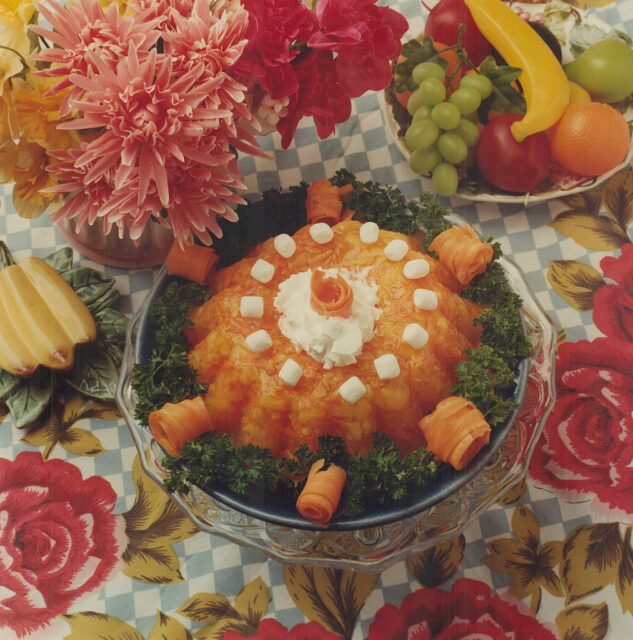
More from us: Is Pampas Grass a Signal to Swingers?
While Jell-O might be considered a dessert nowadays, it used to frequently appear at the dinner table as a staple meal. Due to how easy and inexpensive it was, housewives worldwide used it to make the most questionable of “salads.” Among the products added to these creations were cottage cheese, various vegetables and even marshmallows!
